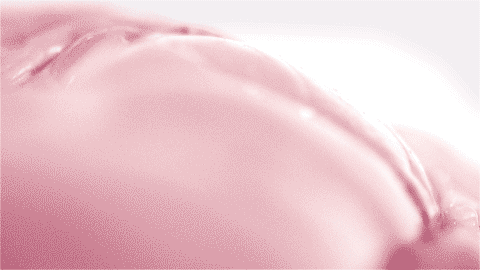Make This Prune Classic: Sweetbreads
 DEEP-FRIED SWEETBREADS WITH BACON, CAPERS, AND BROWN BUTTER
Feeds 4
DEEP-FRIED SWEETBREADS WITH BACON, CAPERS, AND BROWN BUTTER
Feeds 4
Ingredients
1 pound veal, sweetbreads, from the heart side 3 ½ cups cold water ½ cup hot water ¼ cup kosher salt ¼ cup-all purpose flour 1 egg, well beaten 1 cup panko bread crumbs, ground to fine in the food processor ½ tablespoon unsalted butter 4 slices bacon, cut on the thin side, cooked to golden and crisp 1 1/2 tablespoon butter 1 tablespoon + 2 teaspoon capers in brine 1 tablespoon water 7 tablespoons cold butter, cut into cubes the size of your thumbnail ¼ teaspoon freshly ground black pepper Lemons for garnish
Directions for sweetbreads
- Dissolve salt in the hot water and then add to the cold water.
- Soak whole raw sweetbreads a full 24 hours in the brine, refrigerated. This will draw out some of the blood and season the gland internally.
- Bring 3 quarts of water to a boil. Drain and rinse brined sweetbreads, then gently submerge in the boiling water. Let the water come back up to a boil and immediately turn down to a slow simmer. Poach the lobes gently roll. Remove the cooked sweetbreads and place in an ice bath to stop cooking. Let chill thoroughly. ) They should be firm and opaque throughout, with no raw, rosy center. Raw sweetbreads become chalky and mealy. There can be a significant variation in cooking times, as much as 20 minutes so keep an eye and use your wits. But it’s a pretty generous protein and gives you a wide berth between perfection and ruin; so don’t feel daunted by the task of properly poaching. Just keep the pitfalls in mind.)
- Thoroughly and neatly peel the membrane – the thin, slippery, translucent “skin” that encases the gland-which will come off in a rather neat sheet. Trim off any waxy fat clusters, which tend to cling to the underside of the gland, and gently tug out any egregious muddy brown veins. Try to pull out the tubular-looking arteries as well. If you’ve made it this far and are not retching into a garbage can, leave the minor little capillaries intact in order not to have the lobe fall apart into nuggets. Portion into 4 ounce pieces, as possible.
Directions to bread:
- Dredge the blanced sweetbreads in the flour and pat off any excess. Dip them thoroughly in the well-beaten egg, the drop them into the ground panko and thoroughly coat. Set the coated sweets on a baker’s rack to let the coating dry a bit. There should be no open patched revealing flour or egg wash, but instead and evenly and thoroughly coated lobe.
- You can stab the sweetbreads with a skewer to bring them through the messy egg-flour breading process without getting your hands so unpleasantly caked up. It’s a neater, more finessed way to bread, if you want.
- Deep-fry sweetbreads at 350 degrees. Slice with a sharp knife into clean medallions as thick as a slice of bread and finish with the sauce.
Directions for the sauce, per order:
- Heat ½ tablespoon butter in a small sauté pan. When the butter is foaming, place cooked bacon slices in the pan and swirl around over medium heat until heated through and fragrant.
- As soon as the butter in the pan is brown, quickly add the capers in brine and the water in order to stop the butter from blackening, and bring the fatty, briny liquid to a full boil until it reduces to 1 teaspoon. This will happen almost instantly. Remove the pan from the heat and turn down the flame.
- Over the lowest heat possible, and sometimes even lifting the pan off the heat if necessary, swirl in cold butter, a couple of cubes at a time, while constantly stirring and agitating and swirling the pan until the cold butter melts into an unctuous, creamy-looking sauce that should taste rich form the cold butter, deep and sweet from the browned butter and just nicely balanced by the acidic brine of the perfume-y capers. Taste it.
- Spoon sauce liberally over the fried, sliced sweetbreads; lay 1 bacon slice over the portion.
- This sauce requires your attention as it is easily broken. Pay attention to the heat when you are mounting the cold butter-and keep it low, low, low. Careful when bringing the brown butter/water/brine to the boil that you don’t allow it to evaporate. Be sure to start to mount the cold butter right away.
- Lemon cheek garnish and full parsley sprig. Reprinted with permission from Prune.

